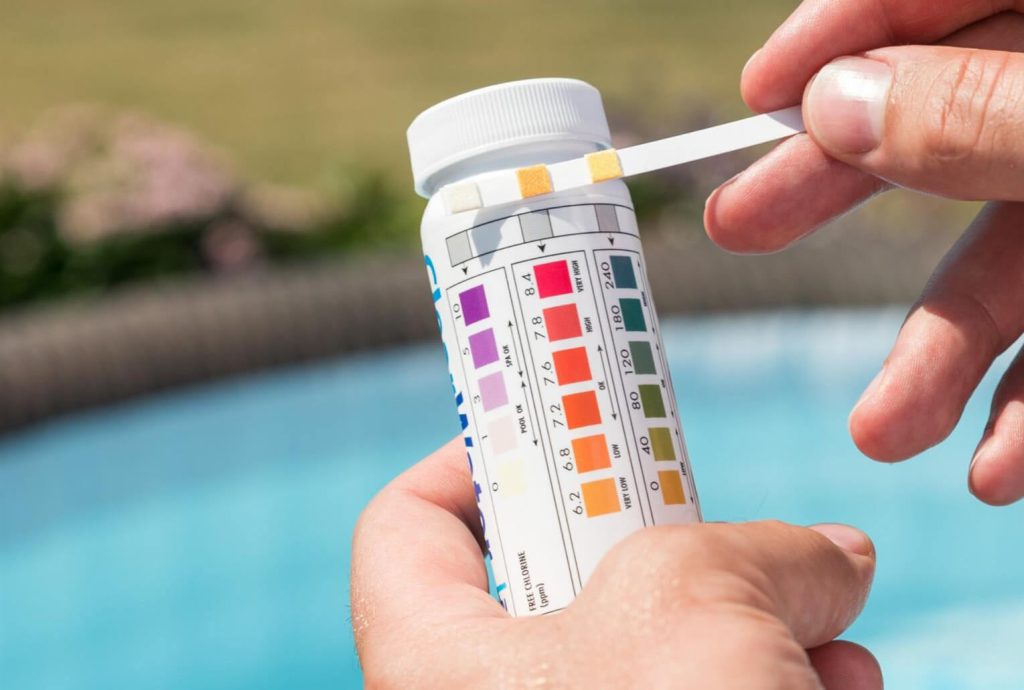Introduction
Maintaining proper water chemistry is crucial for the health and safety of your pool. One of the most convenient and affordable tools for monitoring pool water quality is the pool test strip. However, many pool owners are often unsure about how frequently they should use these test strips to ensure optimal pool conditions. In this article, we will delve into the factors that influence testing frequency and provide expert recommendations to help you keep your pool water in pristine condition.

Factors Influencing Testing Frequency
- Pool Usage: The frequency of pool usage affects the amount of contaminants introduced to the water. If your pool has heavy usage, such as frequent parties or a high number of swimmers, it is advisable to test the water more frequently.
- Weather Conditions: Extreme weather conditions, such as heavy rainfall, scorching heat, or high humidity, can impact pool water balance. These conditions may necessitate more frequent testing to prevent imbalances and maintain water quality.
- Pool Chemistry Adjustments: If you recently made adjustments to your pool’s chemistry, including adding chemicals or balancing pH levels, it is essential to monitor the water frequently to ensure the desired changes have been achieved.
Recommended Testing Frequency
While testing frequency can vary depending on the factors mentioned above, here are some general guidelines to help you determine how often you should use pool test strips:
- Daily Testing: During periods of heavy pool usage, such as summer months or if there are frequent swimmers, daily testing is recommended. This allows you to promptly identify any imbalances or issues and take corrective measures.
- Weekly Testing: For pools with moderate usage and consistent weather conditions, weekly testing is usually sufficient. This frequency allows for regular monitoring and timely adjustments to maintain optimal water balance.
- Monthly Testing: In cases where pool usage is minimal, such as during the off-season or if the pool is primarily for decoration, monthly testing can be considered. However, it is crucial to keep an eye on any visible changes or signs of water quality issues.
Additional Tips for Pool Testing
- Test at the same time each day: Consistency in testing times ensures accurate and reliable results, as water conditions can fluctuate throughout the day.
- Test multiple parameters: Pool test strips typically measure various parameters, including chlorine levels, pH, alkalinity, and sometimes additional factors like cyanuric acid or calcium hardness. Regularly testing all relevant parameters provides a comprehensive understanding of your pool’s water chemistry.
- Follow manufacturer instructions: Each brand of pool test strips may have different instructions for usage and interpretation of results. It is essential to carefully read and follow the instructions provided by the manufacturer for accurate testing.
Conclusion
Regular testing of your pool water using test strips is vital for maintaining a healthy and safe swimming environment. While testing frequency can vary based on pool usage, weather conditions, and recent chemical adjustments, it is generally recommended to test daily during heavy usage periods, weekly during moderate usage, and monthly during minimal usage. By adhering to these guidelines and following the manufacturer’s instructions, you can ensure that your pool water remains properly balanced and enjoyable for everyone to dive into.
